
This 3-part series examined the history of modern medicine
Broadcaster: BBC4
Year: repeated regularly (originally broadcast 2013)
Genre: Documentary, Factual
Review by Muzammil Khomusi
The three-part series Pain, Pus and Poison: The search for modern medicines, is a BBC and Open University co-production. Each episode takes one of the “P” words as it’s focus. Links:
In the opening sequence of Pain, Pus & Poison: The Search for Modern Medicines, Michael Mosley tells the story of the discovery of opium and the first instance of opium overdose. Whilst it has the flare for the dramatic, the exposition of this first episode plays quite thrillingly as Mosley ventures into the history of pain relief.
In the first episode Pain, Mosley explores the development of pharmaceutical pain relief. He talks about how Sertürner was the first to isolate morphine from opium and how he published a comprehensive paper on its isolation, crystal structure and pharmacological properties. Despite the fact this discovery did not catch people’s attention back in 1817, Mosley focuses on the self-experimentation done by this 19th century chemist. Once his paper was translated into French, the world became aware of one of the single most important discoveries in the field of (alkaloid) chemistry.
However, Mosley does not explore the psychological side effects of the drug in the first episode nor does he ponder the extent to which these discoveries shaped guidelines in healthcare systems the world over. Needless to say, pharmaceutical companies have since made many types of pain relief medication but Mosley fails to question how many of these drugs that relieve pain are actually in demand, and how many have just been by-products of trial and error.
As disgusting as thought of the word Pus may be, it’s a key component of our immune response. Mosley introduces this second episode by mentioning germ theory, which is unavoidable when talking about pus in the context of human physiology (and it overtook miasma theory which argued that diseases—such as cholera, chlamydia, or the Black Death—were caused by a miasma, a noxious form of “bad air”, also known as night air). However, he chooses first to tell the story about the French being intrigued by how some wine could go off and so, for the first third of the episode he explores the role of bacteria in making alcohol. This is an aspect of microbiology that is already fairly well-known and does not directly fit with the title of the episode.
Mosley never fails to build up one’s anticipation when he explores the historical context behind many of the scientific discoveries in this episode, and the trilogy in general. After he talks about Koch beating Pasteur to the discovery of microbes, he heavily focuses on the story of Penicillin. In a tale which is, again, well-known Fleming accidentally discovered Penicillin after returning home from a holiday and found that a green mould called Penicilium notatum had contaminated Petri dishes in his lab. Fleming is described as an ‘acute observer’. This may be rather generous, given the fortuitous events that led to the discovery, however he did need to be able to recognise the potential significance of the interaction. [It is true, though, that it needed the subsequent work of other scientists such as Howard Florey, Ernst Chain and Norman Heatley were involved in turning penicillin into a wonder drug – see Breaking the Mould for more details.]
In the final episode, Mosley spends little time on an elaborate introduction and delves straight into the history of Poison. He looks at the history of curare, or an equivalent muscle relaxant which has since revolutionised modern surgery. A line that stands out in this episode is that ‘all medicines are poison and all poisons must be regarded, to an extent, as potential medicines.’ Words to that effect lead seamlessly into Mosley describing the use of arsenic and how this component in rat poison would lead to changes in the law to control its administration. It goes without saying that since then, controlled amounts of poisons have actually been paramount in our understanding of selective toxicity and would see mustard gas, part of the chemist war (WWI) be used in part as the first chemotherapeutic treatment of patient JD. Though it [nitrogen mustard] was successful in managing the cancer, it was a little too late to save that patient, but after a preliminary reading of his medical notes at Yale University, Mosley assures us his last few months were the best he’d ever had.
Although this three-part program was easy to understand, it might be rather too easy in parts, with some of Mosley’s descriptions being borderline inaccurate. I feel he could have tailored it to an audience with a higher level of understanding of science and still not have lost the interest of a younger audience. Nevertheless, Pain, Pus and Poison is visually appealing, informative and well presented; I enjoyed it.






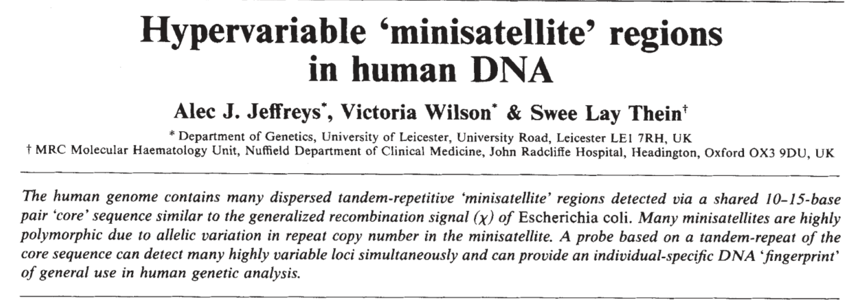
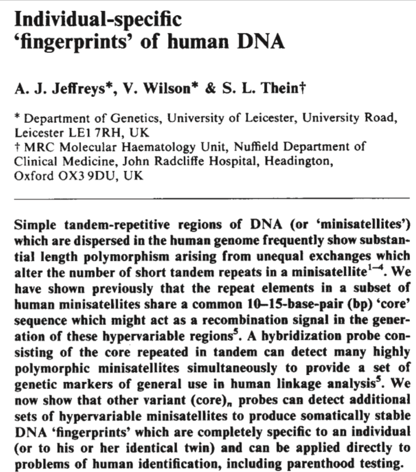 A second paper by the same authors, also in Nature, followed in July of that year. This time the title Individual-specific ‘fingerprints’ of human DNA demonstrated that the notion of Genetic Fingerprinting was front and centre.
A second paper by the same authors, also in Nature, followed in July of that year. This time the title Individual-specific ‘fingerprints’ of human DNA demonstrated that the notion of Genetic Fingerprinting was front and centre.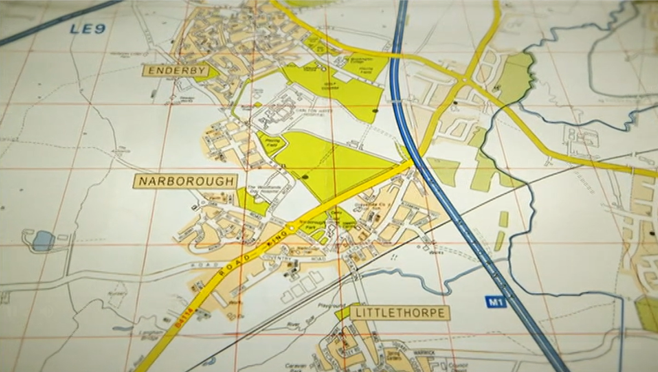 This hour-long documentary showed on BBC2 in October 2019 follows the development of DNA profiling from the murder of Lynda Mann in 1983 through to the establishment of a UK National DNA database in 1995 and the ongoing adoption of similar systems around the world. The programme picks up on the potential of DNA to solve crimes, but also touches on the ethical issues raised by the technology.
This hour-long documentary showed on BBC2 in October 2019 follows the development of DNA profiling from the murder of Lynda Mann in 1983 through to the establishment of a UK National DNA database in 1995 and the ongoing adoption of similar systems around the world. The programme picks up on the potential of DNA to solve crimes, but also touches on the ethical issues raised by the technology. Broadcaster: BBC4
Broadcaster: BBC4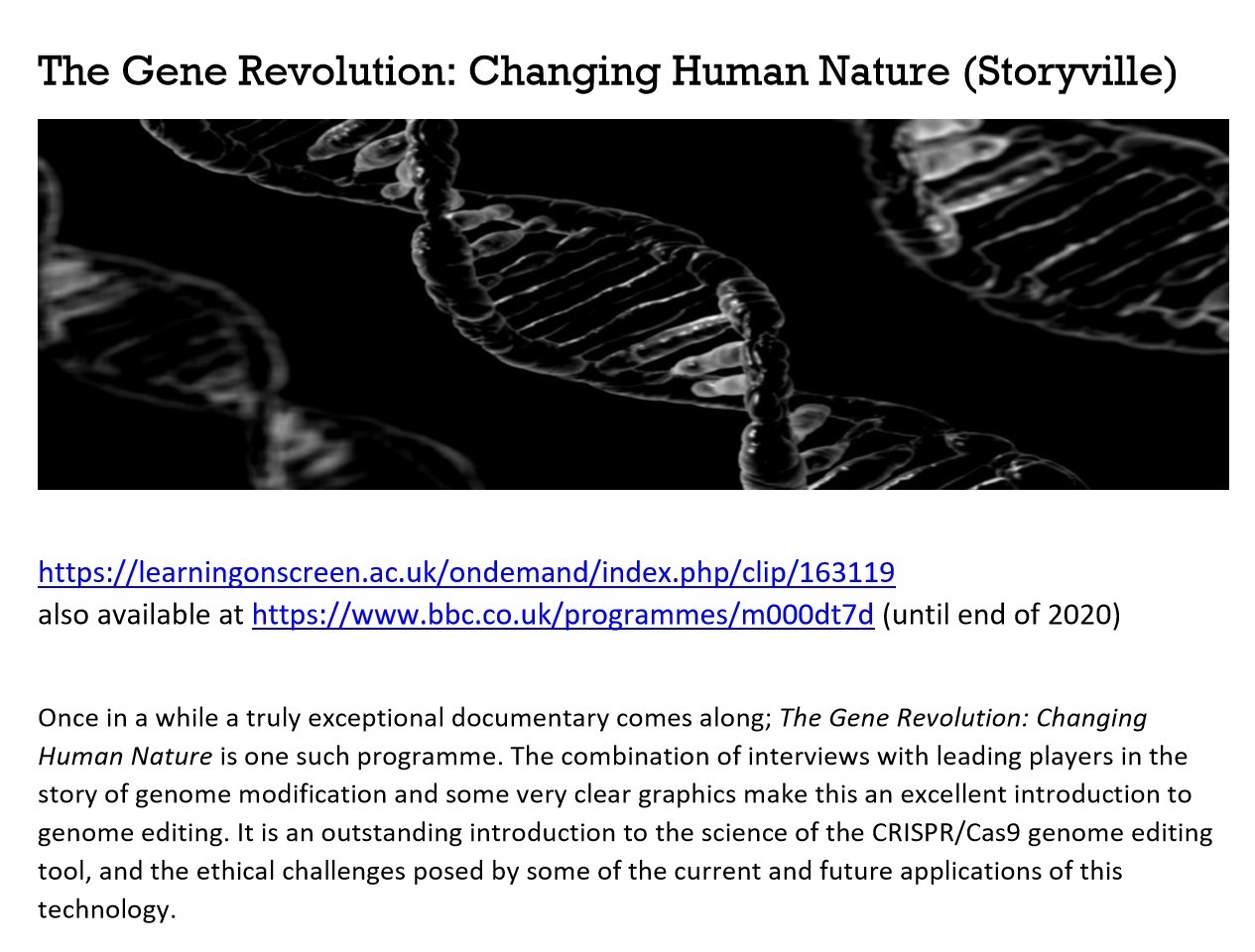
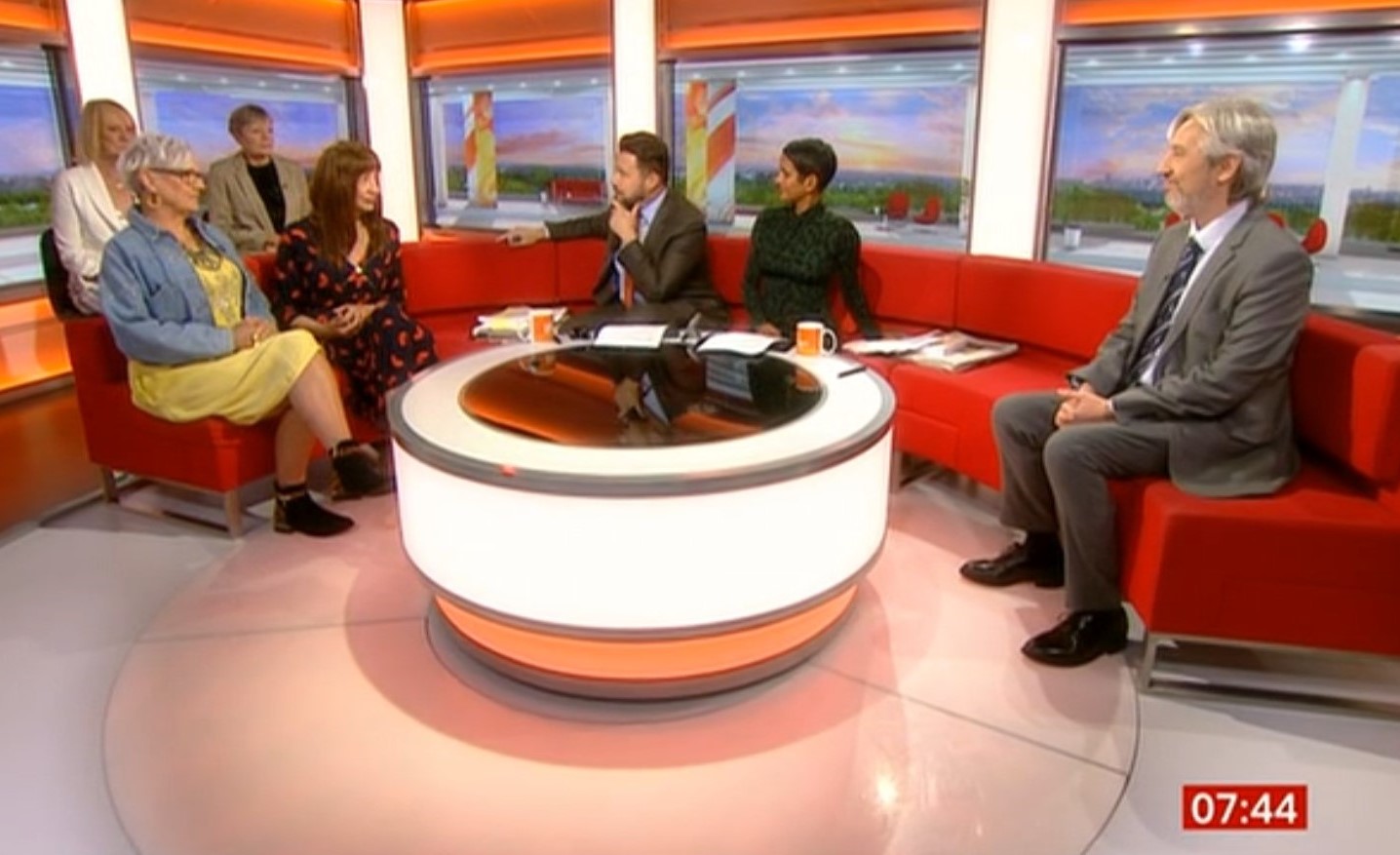 Broadcaster: BBC1
Broadcaster: BBC1